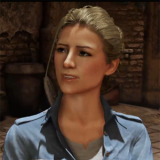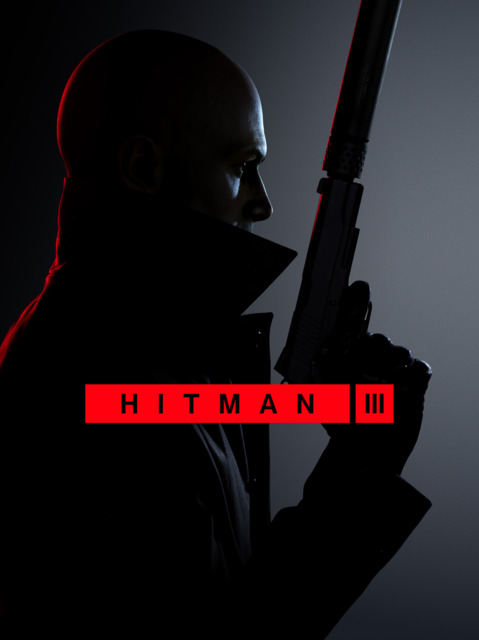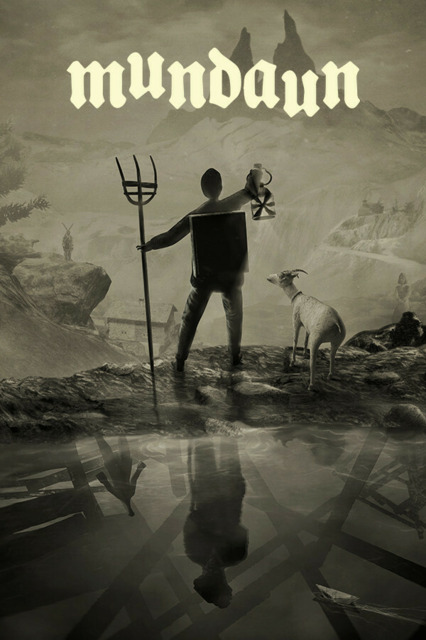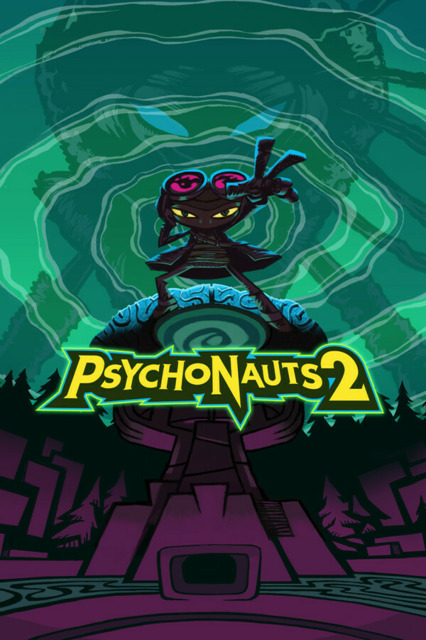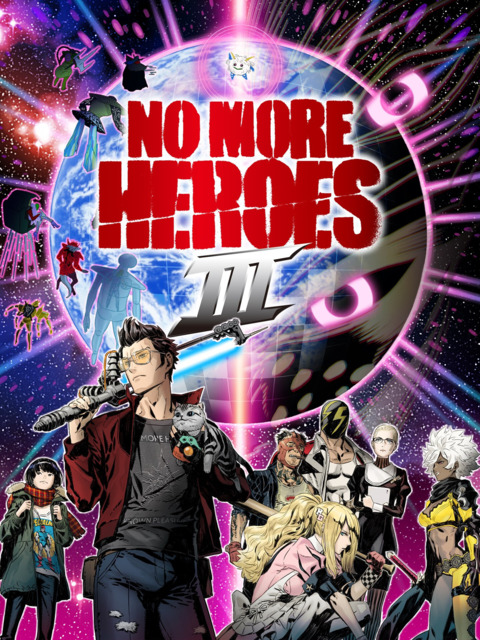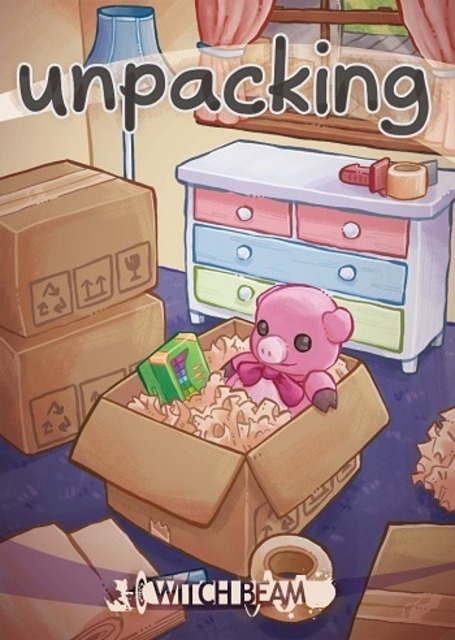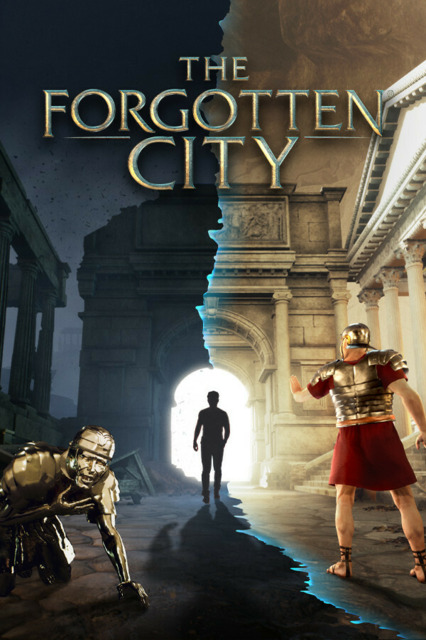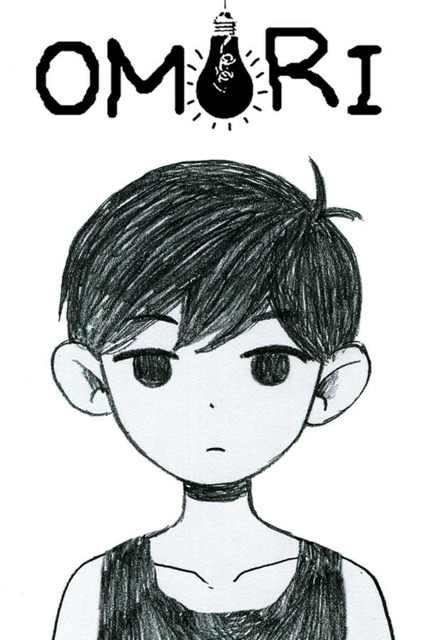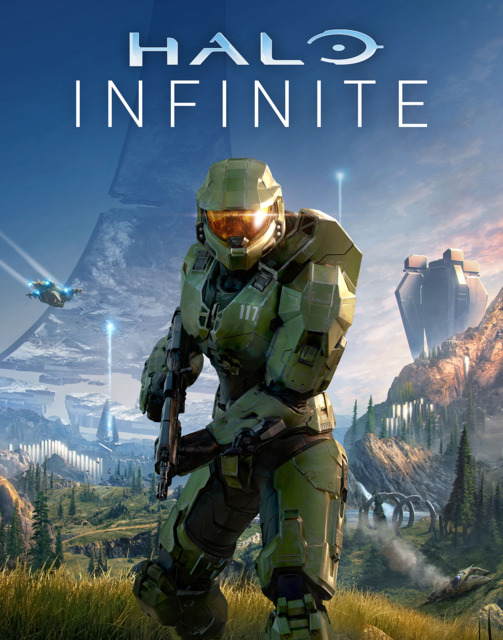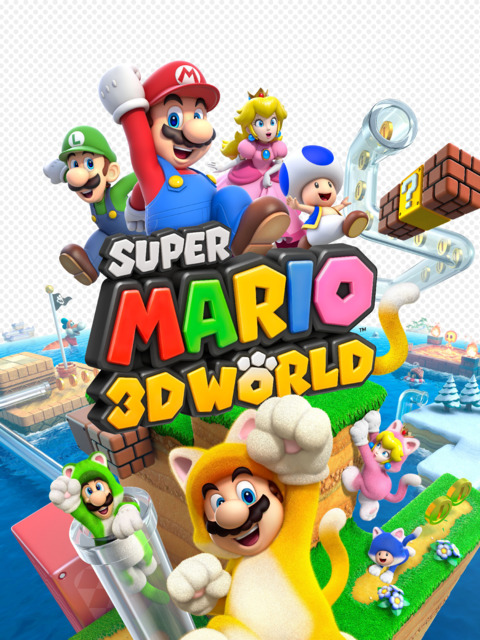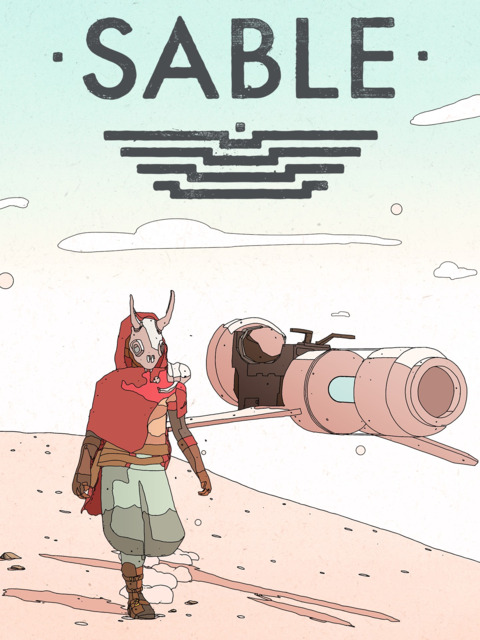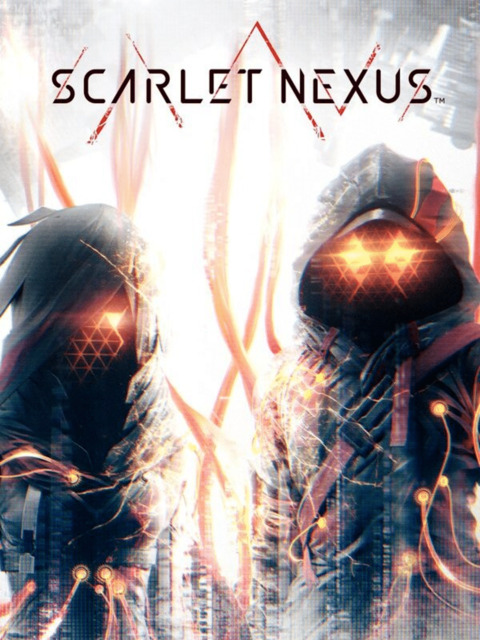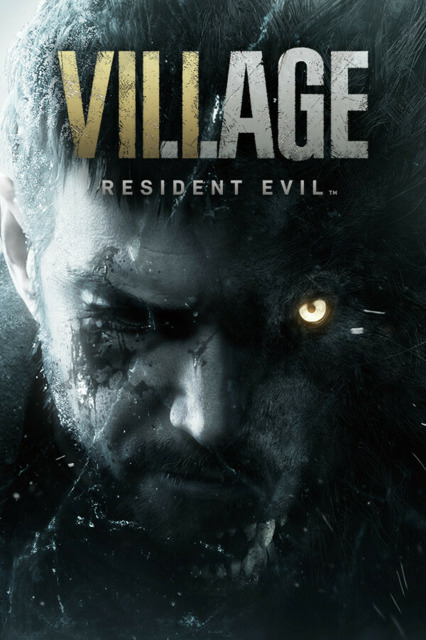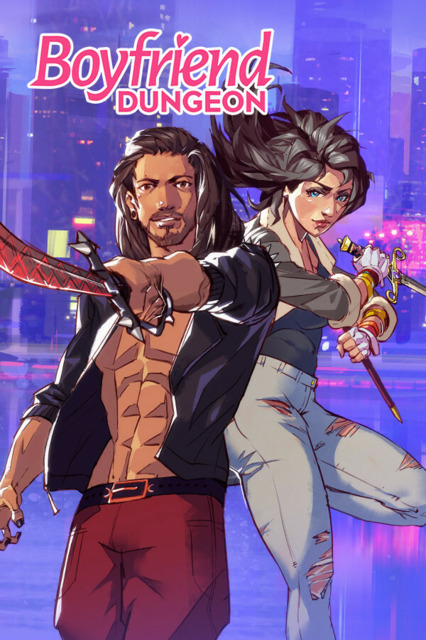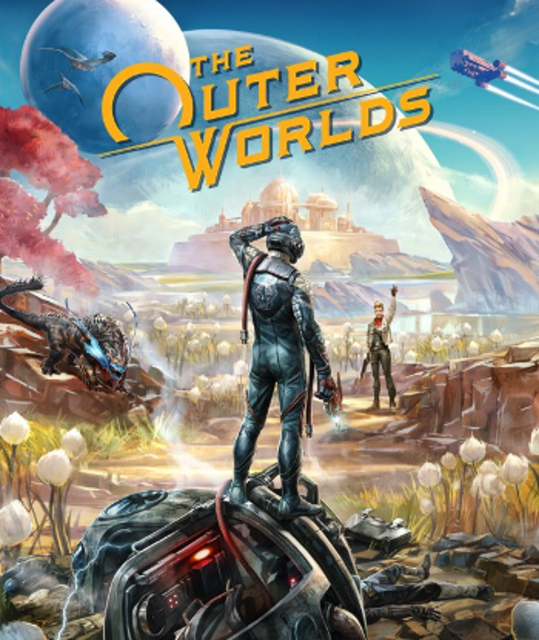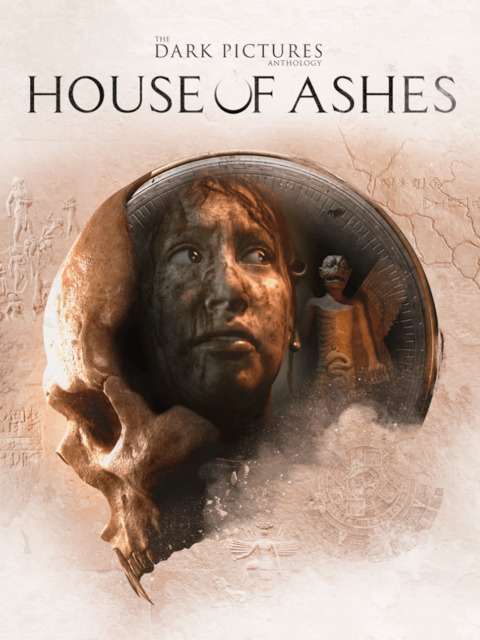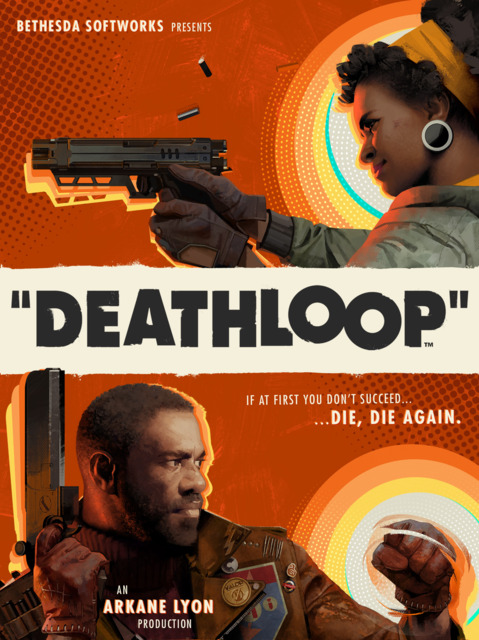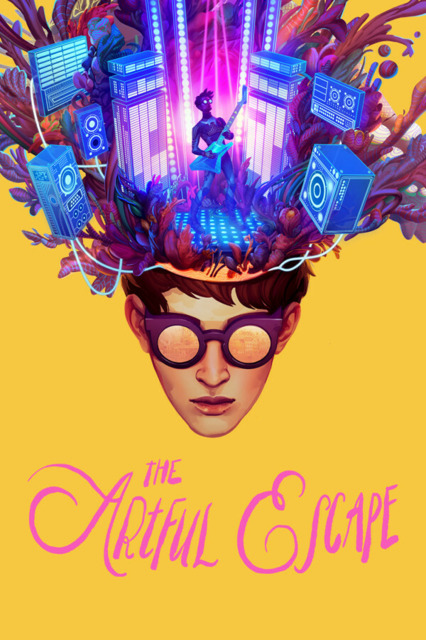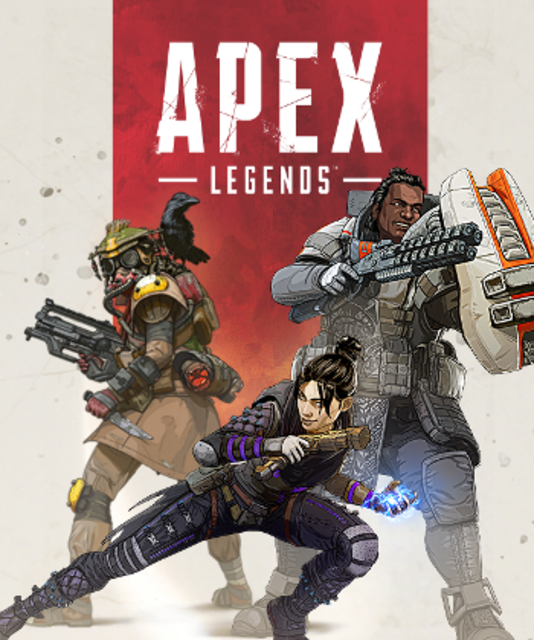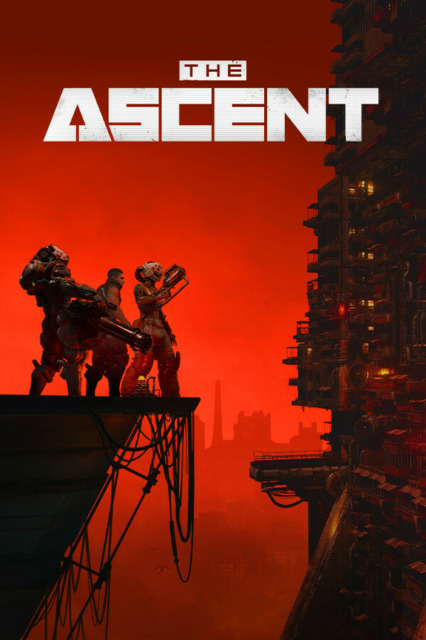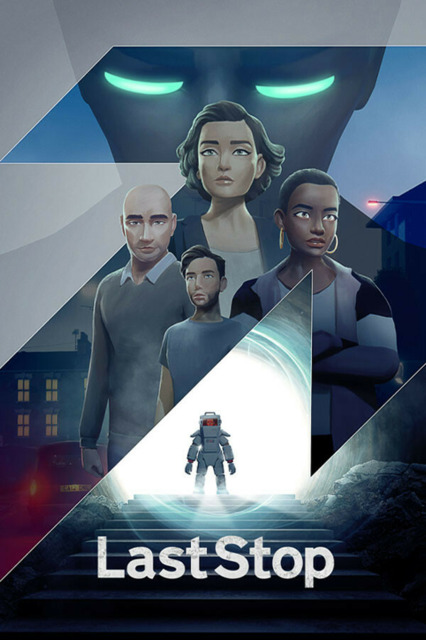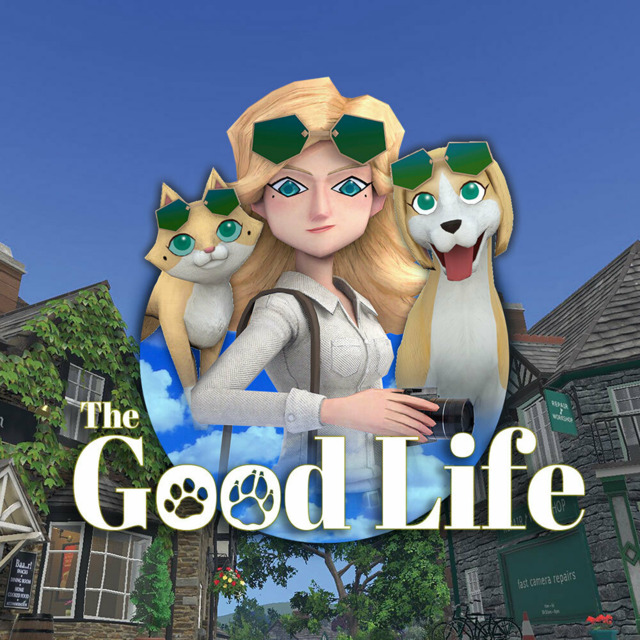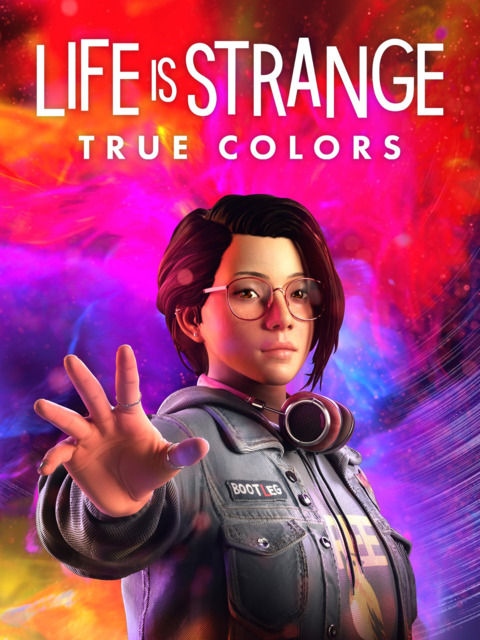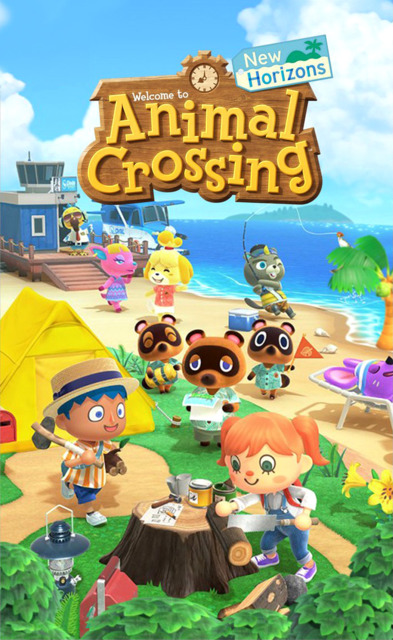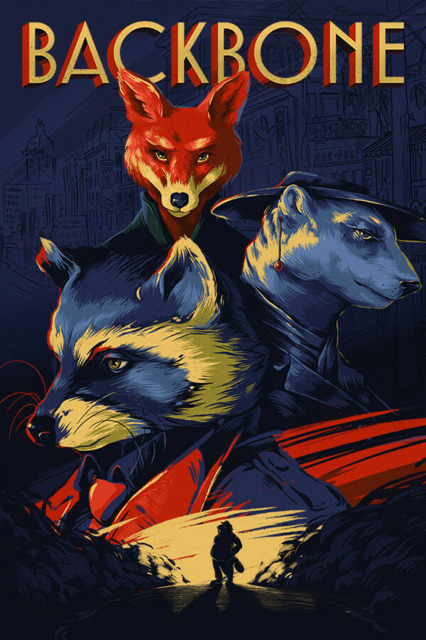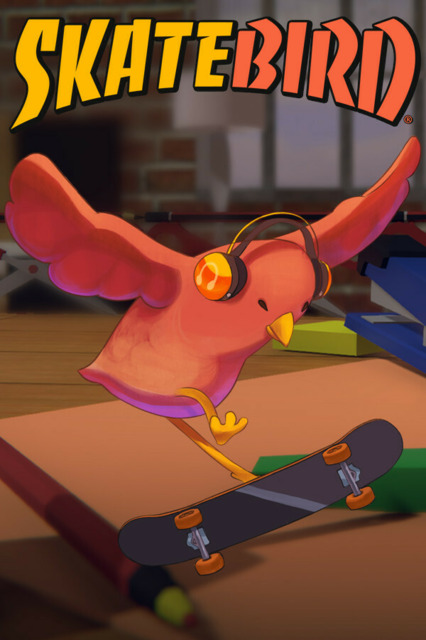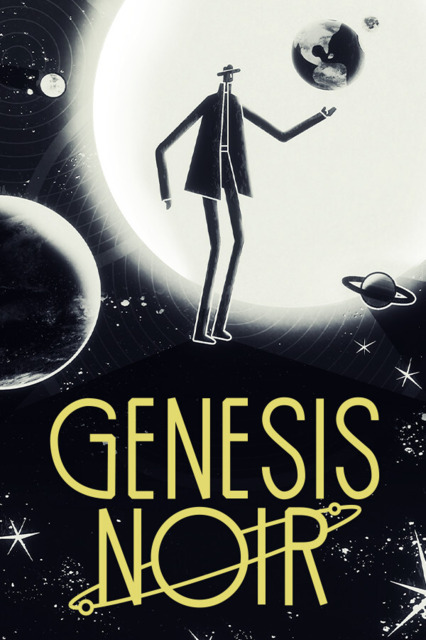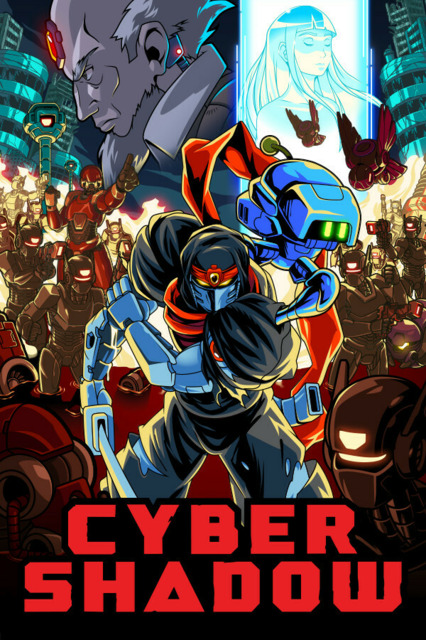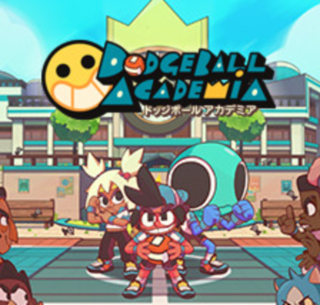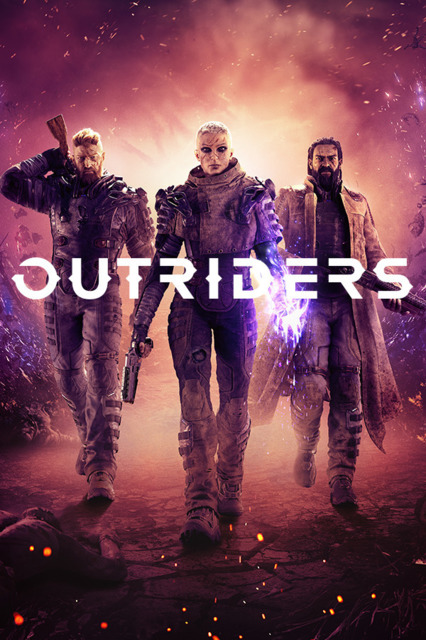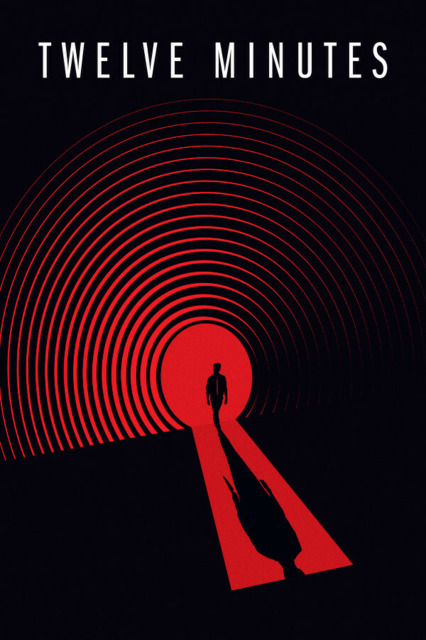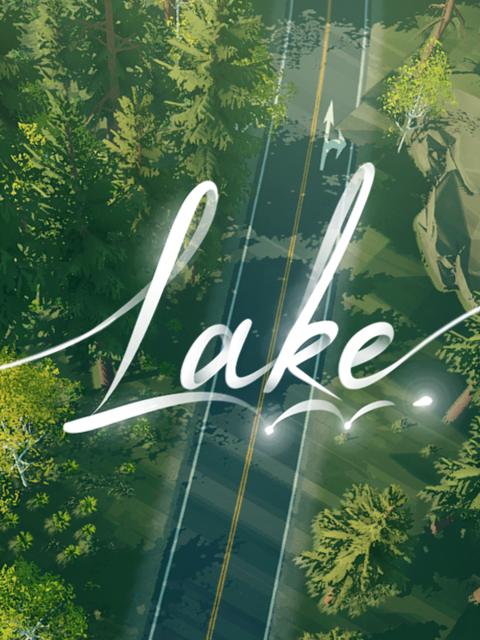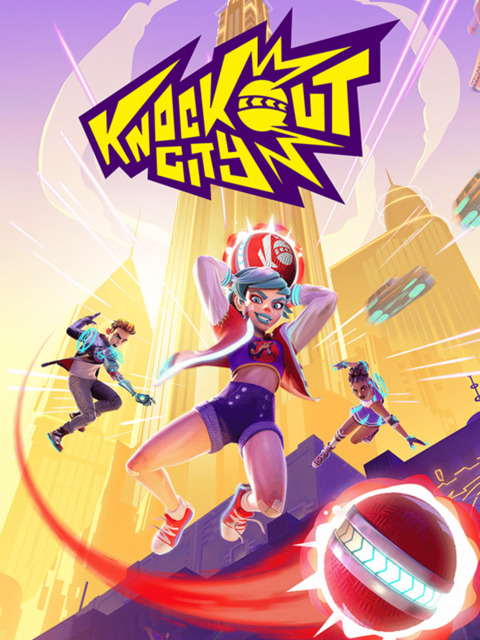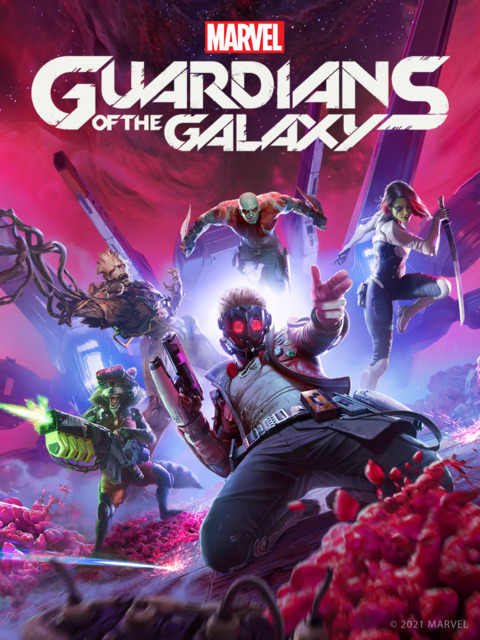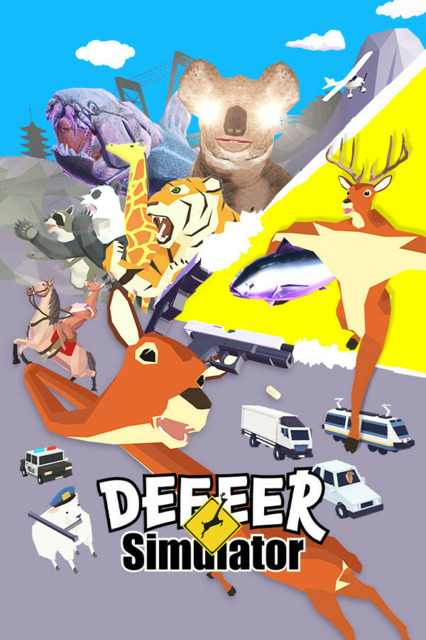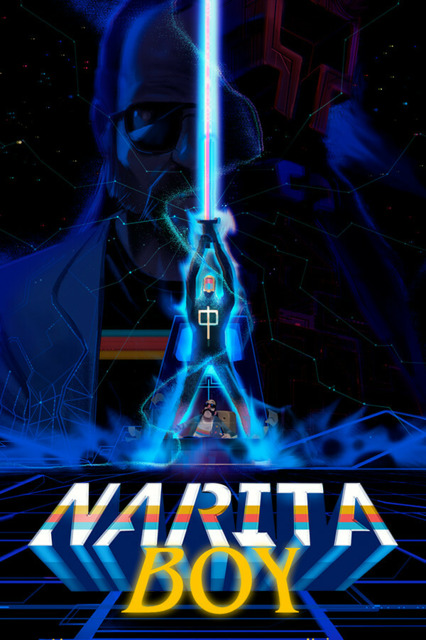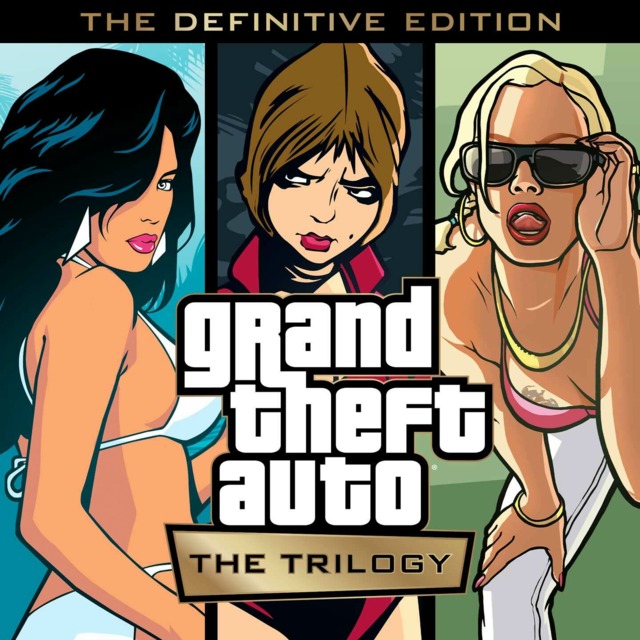I’ve been a Hitman diehard since Hitman: Contracts on the PS2, so the proliferation of the series since 2016 has been fun to watch. The popular perception of Hitman as pulp or as comedy, though – while understandable and even insightful as an interpretive lens – has obscured some of the series’ other clever narrative tricks. I think this is something that people miss, but IO interactive have been experimenting with a very similar gameplay tool-set for over twenty years now, and have applied that tool-set towards a wide variety of incidental little stories. People often say that the plot doesn’t matter in a Hitman game, and I understand where they’re coming from, but that doesn’t mean *narrative* doesn’t matter in a Hitman game.
I feel particularly strongly about this after having read critical perspectives on Hitman III, which refer to the game as a boilerplate spy thriller with sandbox parts - a logical perspective if you’re the kind of player who completes each Hitman level exactly once. There’s nothing wrong with that interpretation, to be clear, but approaching the series as a linear campaign is a bit like eating one course in a five-course meal. Hitman games are miniature libraries of discrete puzzle boxes designed for perpetual re-examination. The format of the puzzle boxes, and the possibilities granted to the player, are not only functional gameplay elements, but also narrative elements. “What will [SPECIFIC NPC] do if I intervene with [SPECIFIC LEVEL ELEMENT]?” is the kind of question the Hitman series rewards in big, objective-completing ways, and in smaller, more personable ways. You can get to know most anyone in a Hitman map – you can hit the gym with some guards in Hokkaido, have a conversation with a stranger about the nature of friendship in Chongqing, do shots with a target in Miami, and sell drugs to the globe-trotting Florida Man in Berlin. In fact, you can even *get to know NPCs’ full names* if you start a level in contracts mode. There are hundreds of miniature stories like these in a Hitman map, many of which have their own little variable states based on the actions of the player.
So: allow me to extrapolate some of the 'structural' narrative which I feel was missed from this final game in the World of Assassination trilogy. Here's the thesis: Hitman III is a deconstruction of the entire Hitman series as we‘ve come to know it. It re-casts the player in roles which are increasingly functionally and narratively opposite of the series’ premise to fascinating results, up to and including the generally disliked final chapter. In a series that emphasized story – like, say, the similarly-intentioned Metal Gear Solid 4 – it would be better understood by these merits, and (I think) better appreciated.
Here’s a brief level-by-level breakdown. Spoilers below.
Dubai, the first map, presents the player with two traditional Hitman targets in a traditional Hitman setting. The player is tasked with eliminating a mega-rich, politically conservative oil baron who abuses service workers in his private suite. The other target is an incompetent, albeit more sympathetic, cog in the machine of the economic elite. The setting is a comically enormous golden tower in Dubai. The set piece kills all emphasize direct action on the player’s part (i.e. there are fewer obvious indirect methods of assassination). The Hitman formula is introduced in its most basic form.
Dartmoor is, in some respects, an antithesis to the first level. The Dubai tower is a glistening, grotesque example of wealth hoarding that the player debases, a space occupied by untouchable people too enraptured in their own success to see failure approach. Dartmoor is the introduction of consequence, for both the player and for the player’s targets. The level features a picturesque mansion obscured by permanent fog, and is set a day after the untimely death of one of the mansion’s occupants, who have hired a private investigator to determine which of them committed the murder. Dartmoor’s target, unlike Dubai’s targets, is aware that her time as a power broker is coming to an end and is resigned to her fate. Every element of the map exists under the shadow of a destructive act.
While Dartmoor is as flexible a map as Dubai and rewards a variety of play-styles, it heavily emphasizes one approach above all others: the player is able to remove the private investigator from the map and take his place, effectively turning Hitman into a murder mystery adventure game which culminates, itself, in a murder. In a sense, the player is literally tasked with reveling in the aftermath of an event similar to the first mission's assassinations, and the aftermath of every assassination in the series up to this point. To complete the set piece event in the Dartmoor map is to comprehend the immediate consequence of 47’s actions writ large. This is not to say that ‘did you know that when someone dies there are consequences’ is an act of brilliance, but in a series predicated on righteous slaughter, a sudden tonal shift towards the question of death feels meaningful.
Berlin, Hitman III’s best and most ingenious level, further subverts the Hitman formula. In the Berlin map, the player is hunted by 11 disguised NPCs who will recognize 47 regardless of his outfit. While Hitman III is the easiest and most friendly Hitman game in the series by quite a wide margin, here it is unusually stringent – mission stories and target highlighting is not available on a first playthrough, meaning the player is forced to act cautiously, as prey rather than predator. All of this happens during a rave, and it’s probably the most singularly thrilling experience in the series so far. The player has gone from killer, to coroner, to potential victim. Our understanding of 47 and his relationship to the world has been compromised.
Chongqing, an oddly demure, easily completed challenge compared to Berlin, makes explicit in the narrative what has so far been implicit in the game design. The targets in Chongqing are technobabbling psychopaths, but this time they’re members of the ICA, the agency which directs 47 to his targets. While Chongqing is a straightforward Hitman map from a gameplay perspective, it is anything but from a narrative perspective: the final objective given to the player is to permanently dismantle the ICA, thereby permanently dismantling the fantastical Hitman premise in the process.
And then there’s Mendoza: one last old-school Hitman experience before the end, replete with an extravagant 1%-er setting and two transparently complicit tools of the elite to dispatch (although in this case one of the targets is a lot worse than the other). But even here, Hitman III is not straightforward. Mendoza is the culmination of the ‘cause and effect’ theme from the rest of the game, as well as a celebration of the trilogy in miniature. Side characters from other missions in the trilogy re-appear here, alongside discrete set piece assassination options from their respective levels which are re-contextualized for the finale, and they discuss how their lives have changed since the events of their respective missions occurred. Other NPCs explicitly speculate as to the outcomes from past missions. During one particularly gruesome set piece, 47 will casually reference events from Hitman: Blood Money, foreshadowing Hitman III’s forthcoming twist, reinforcing the idea that this last sequence of events is not only consequential for this trilogy, but for the series as we know it. The actions of the player throughout Hitman have culminated here, in a self-referential soiree, and yet the structure which protects the antagonistic elite, the leaders of whom having been mathematically eliminated, still remains intact. But that doesn’t mean there’s not a job to do. You can’t stop the party from being thrown, but you can decide who will be allowed to survive it.
Finally, we have Carpathian Mountains, a completely linear level in a game about non-linearity. This level caught most new players by surprise, but it made the entire Hitman III experience click for me. It used to be that Hitman games would climax in one huge, guns-blazing John Wick sequence which would not end until all NPCs were removed from the board – OR, they would end in a final, restrictive sequence like this one. In this sense, the Carpathian Mountains stage is a remix of every Hitman finale up to now. The game goes to great lengths to assert that 47, under the effects of a mind-altering substance, is attempting to retain his self-image on his own terms; perhaps, for the first time in his entire life, he has even bothered to consider that self-image. The player is then presented with either a Nathan Drake-like rampage, in which all of the NPCs are wiped off the board like the good old days back on the PS2, or a slow, carefully-plotted stealth sequence in which everyone, even the main target – in a series first – is spared. The player has been introduced once again to the premise, then forcibly made to observe the outcome for the targets, and then been made aware that the end result stops short of winning a wide-ranging systemic change. Carpathian Mountains gives the player the opportunity, then, to decide what the best next step is, or maybe what it all meant in the first place. Maybe that‘s not the fun toybox we usually get in the new-style Hitman games, sure – but as a narrative conclusion, it allows the player to dictate the meaning of the experience in some way, to “sandbox” the narrative climax, if you will.
Hitman III is endlessly fascinating to me this way, and when I play it, I find myself considering it’s broader themes beyond the normal Hitman tropes I’ve come to love over the years. It’s the product of a studio seeking to explore the meaning inherent to their work, even if it leaves lingering unanswered questions, and as a result, it really resonated with me this year, because hey, me too. In this new, transparently awful world we find ourselves in, dictating meaning in art feels aggravatingly abstract, even pointless. IO’s intellectual distance from its own series, its willingness to subvert the premise of its biggest hit, its ambition to depict some level of complexity in its game about mega rich class disparity, a game which has up until now felt so comfortable offering a cartoon catharsis via the cartoon-murder of its various 1%-er analogues, is an evolution for the studio. Considering IO’s next project will be another mass media adaptation in a medium increasingly full of them, I’m grateful IO was so willing to explore its own work from such a complex and oblique angle. Besides ending their best run of games yet on a high-note, they were able to enrich their entire body of work, too.
